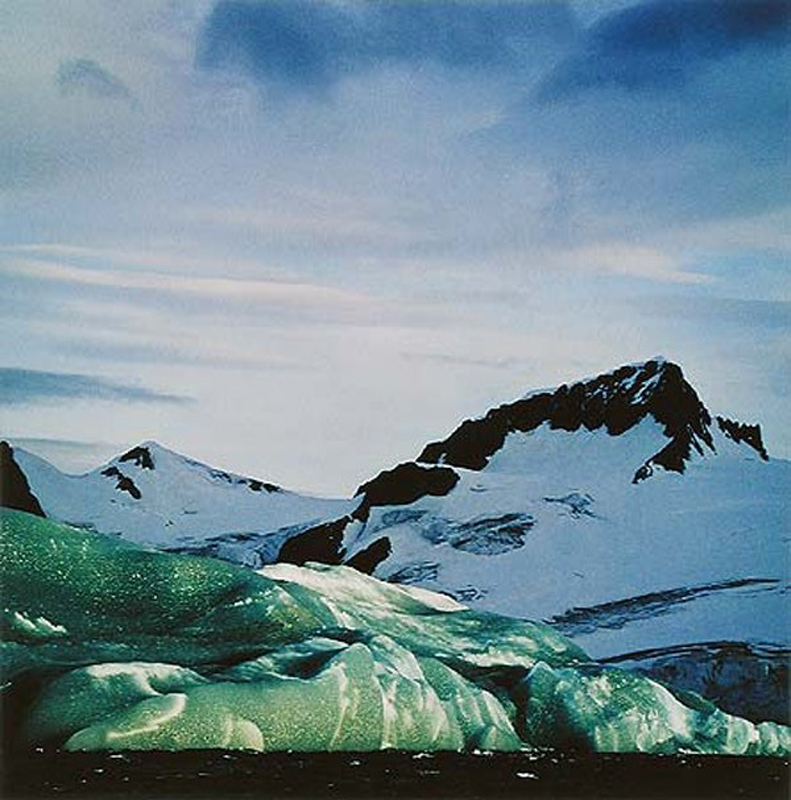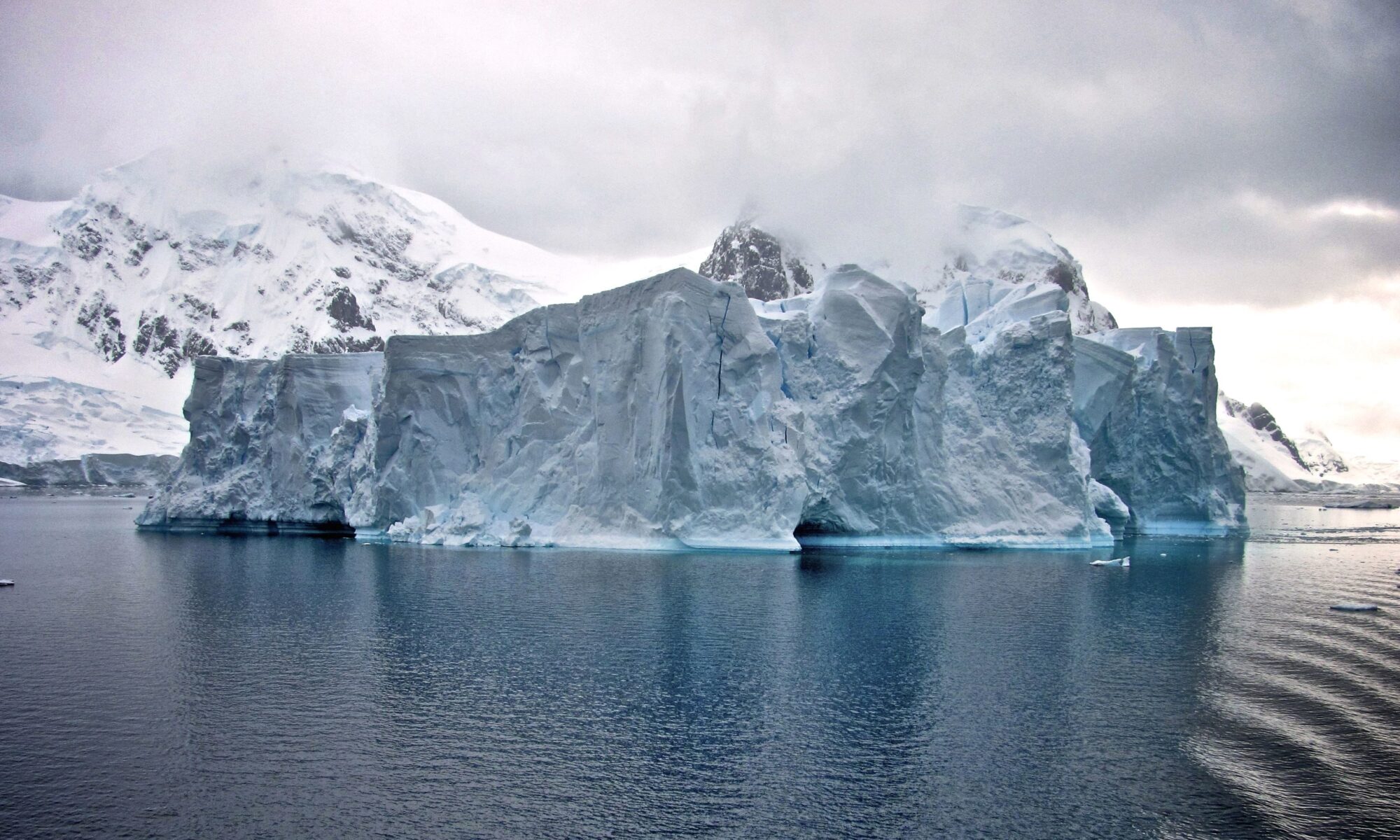American, 1901–1990
Noctilucent Clouds over Mount Baker, Washington, July 30, 1975
Dye-imbibition print, 23 x 26 in. (58.4 x 66 cm)
Whatcom Museum, Bellingham, Washington
Like Ansel Adams, Eliot Porter believed that the preservation of wilderness was a spiritual necessity. He also collaborated with the Sierra Club to save critical lands from development, serving as its director from 1965 to 1971. In contrast to Adams, Porter pioneered color landscape photography and the complex dye-transfer process that offered the most saturated and long-lasting colors.
The artist produced several books, including the environmental classic In Wilderness is the Preservation of the World (1962) , which celebrated New England’s woodlands through his photography accompanied by quotations from the transcendental philosopher and author Henry David Thoreau (1817-1867). Porter’s photography introduced the Sierra Club to a wider audience and expanded its membership base.
In 1975, Porter documented the glaciers on Mount Rainier and Mount Baker during his journey to the Pacific Northwest. In this view of Mount Baker, the photographer captures Coleman Glacier crowned by a rare type of twilight cloud formation.

Eliot Porter, Livingston Island and Green Iceberg from Royal Vessel Hero, Antarctic Peninsula, March 19, 1976, dye imbibition print, 16 x 20 in. (40.64 x 50.8 cm), Amon Carter Museum of American Art, Fort Worth, Texas
This image, along with Brett Baunton’s photograph of the same subject 32 years later, dramatize the recession of Coleman Glacier. It was taken soon after Porter’s first trip to Antarctica, which stimulated the artist’s fascination with ice.

